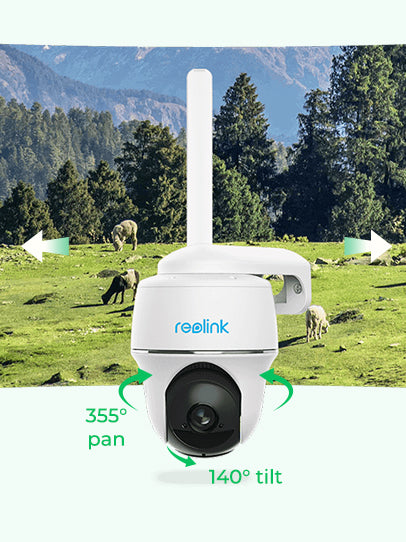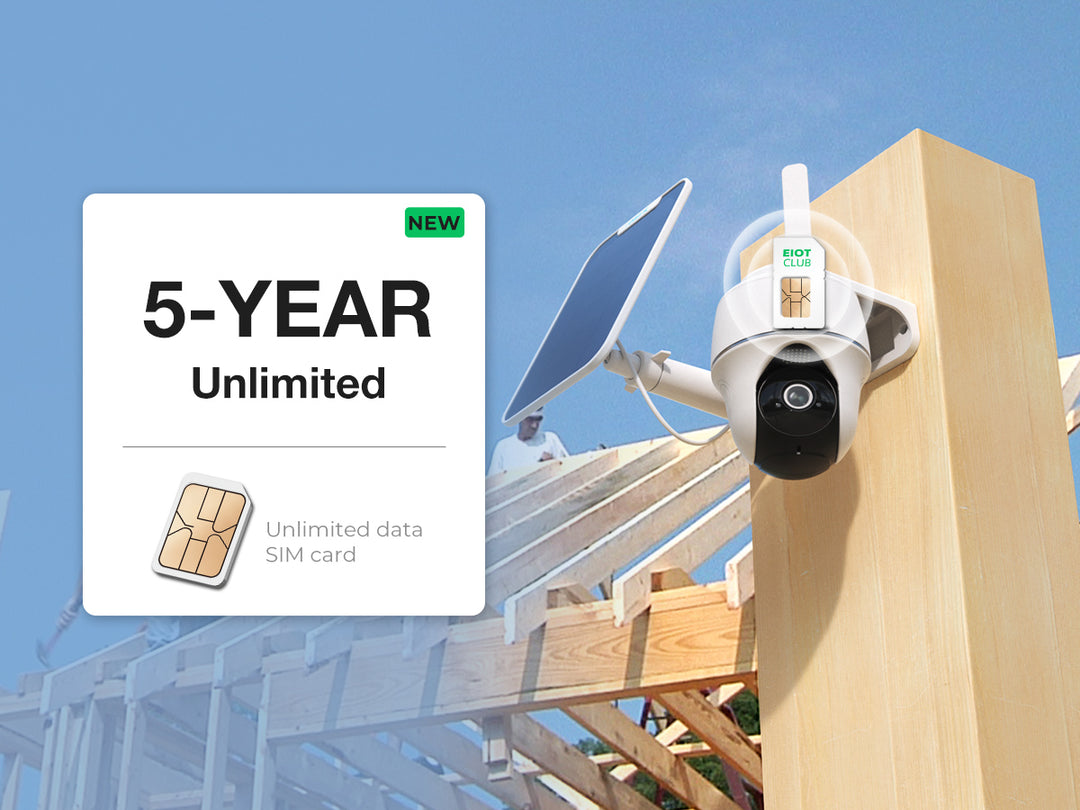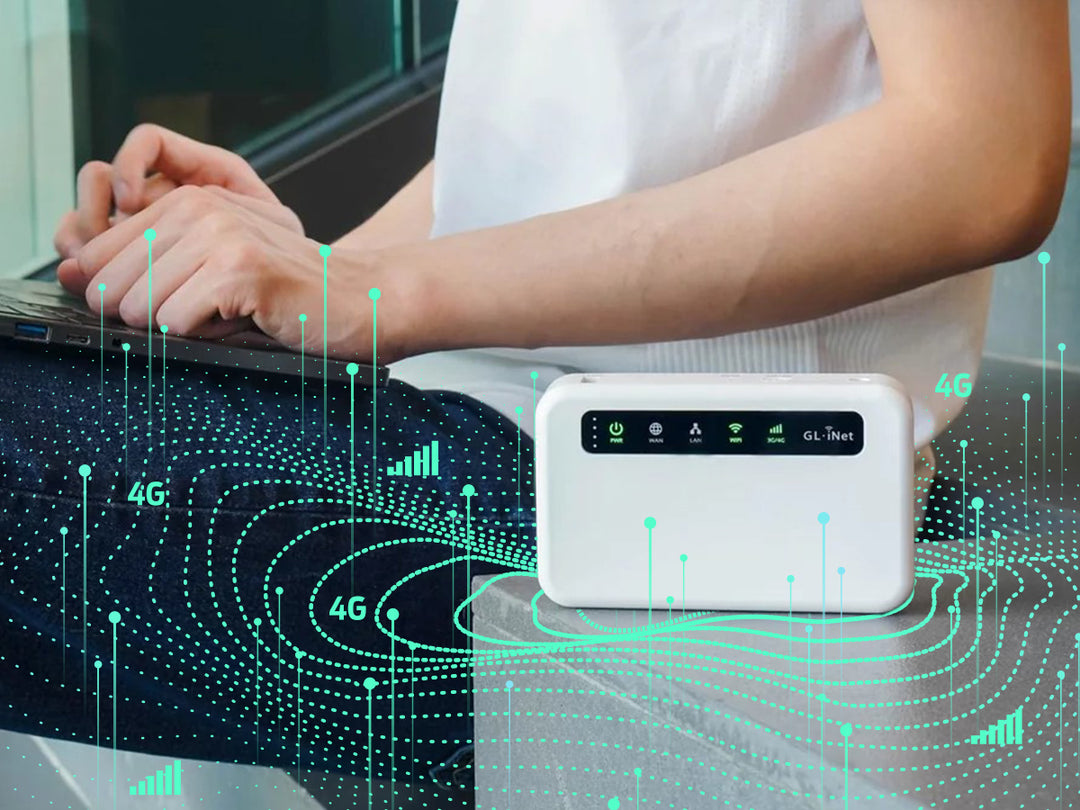Unlock Non-Stop Internet: The Ultimate Guide to Router SIM Cards for On-the-Go Connectivity

Navigation
- What Is a Router SIM Card and How Is It Used?
- How Do Router SIM Cards Differ From Regular SIM Cards?
- Major Benefits of Using a Router SIM Card
- Key Considerations When Choosing a Router SIM Card
- How to Set Up and Start Using Your Router SIM Card?
- Troubleshooting Common Router SIM Card Issues
- Tips for Maximizing the Performance of Your Router SIM Card
What Is a Router SIM Card and How Is It Used?
A router SIM card is a type of Subscriber Identity Module (SIM) card that is specifically designed to be used with cellular routers or mobile hotspots. Unlike traditional SIM cards, which are commonly associated with mobile phones for connecting to a cellular network to make calls, send texts, and access mobile data, a router SIM card provides internet connectivity for multiple devices through a single mobile data subscription.
The primary purpose of a router SIM card is to enable the router to connect to a mobile network operator's 3G, 4G, LTE, or even 5G network. Once connected, the router can then create a Wi-Fi network to which you can connect multiple devices, such as smartphones, tablets, laptops, and smart home devices, allowing them to access the internet.
With the router and SIM card combination, users enjoy broadband speeds without relying on cable and phone line infrastructure. As long as the cellular provider covers a given area, the internet can be accessed on smartphones, laptops, tablets, smart home devices, and any WiFi gadget imaginable. For RV travel, remote work sites, and other situations where public WiFi is spotty, a router SIM setup ensures consistently reliable connectivity.
How Do Router SIM Cards Differ From Regular SIM Cards?
While a regular SIM card equips a single phone or tablet to access a cellular network, a router SIM card unlocks that same capability but then distributes the connection wirelessly. This allows multiple WiFi-enabled devices to simultaneously harness the internet speeds delivered over the mobile broadband network.
Another key contrast is that router SIM cards strictly handle data transmission. Unlike regular SIM cards for smartphone usage, router SIMs do not provide functionality for voice calls, text messaging, or visual voicemail. The sole purpose is to serve as a conduit for internet connectivity.
Router SIM cards must be sized properly to fit the target router device. Standard, micro, and nano SIM card sizes are commonplace, following the same conventions used across the mobile phone industry. Carefully matching the SIM card size to an individual router's compatible profile is imperative for proper insertion and activation.
Major Benefits of Using a Router SIM Card
Employing a router SIM card to power internet connectivity affords several significant advantages over conventional broadband services. Here are some of the most compelling benefits:
- Seamless Connectivity Anywhere, Anytime
With a router SIM card, you enjoy the flexibility of taking your internet on the go virtually anywhere within the cellular network range. Whether you need connectivity in the car or RV on a road trip, at a remote campsite or work location, or in a vacation home in the countryside, a router SIM card keeps you online. No hunting for spotty public WiFi is required.
- Reliable Access in Rural and Underserved Areas
In rural regions lacking cable or fiber broadband infrastructure, a router SIM card provides residents and businesses with a reliable high-speed internet conduit. Carriers continue building out their LTE networks, enabling router SIM cards to deliver much-needed broadband to previously underconnected communities.
- Cost Savings Over Conventional Home Internet
Router SIM card plans are frequently far more budget-friendly than traditional wired internet packages for households. For periodic use cases like vacation homes or seasonal properties, a router SIM yields similar performance at a fraction of the price of cable or DSL services. The economical advantage is undeniable for lighter internet users.
Key Considerations When Choosing a Router SIM Card
Selecting an optimal router SIM card involves some due diligence. Be sure to evaluate these key factors:
- Network Technology and Frequency Support
Scan router hardware specs to identify supported cellular technologies like LTE, 5G, or 3G as well as frequency bands like 600MHz or mmWave. Compare network specs when choosing a carrier. Matching your router's capabilities to the provider yields better performance.
- Data Plan Options and Pricing
Research data plans available for router SIM cards. Compare allotments like 30GB, 50GB, or unlimited data along with overage policies and monthly pricing. Crunch usage numbers to pick a plan that suits your needs at the most attractive rate.
- Carrier Coverage Map and Network Capacity
Verify a carrier's coverage spans your required locations by consulting service maps. Additionally, check tower proximity and congestion to gauge network capacity. Prioritize steady connectivity over peak speeds when needed.
How to Set Up and Start Using Your Router SIM Card?
Getting your new router SIM card successfully set up involves just a few quick steps:
- Insert the SIM card correctly
First, locate the recessed SIM card slot on the back or side of the router. Gently slide the card into the slot, making sure the angled corner is properly aligned. The gold contact points on the SIM should face down while inserting. Apply even pressure and listen for a click when the card locks into place. Avoid excessive force.
- Configure Router Settings
With SIM activation complete, log into your router's administrative settings portal, typically through a web interface. From here, set up your wireless network name and password, implement security features like encryption, and enter critical APN data provided by your carrier. The APN allows the router SIM to interface with the cellular network. With these settings dialed in, your router is ready for WiFi connections.
Troubleshooting Common Router SIM Card Issues
Even a properly set up router SIM card can occasionally encounter hiccups. Try these tips to diagnose and fix problems:
- Verify SIM Card Seating
An improperly inserted or inactive SIM card can prevent network registration. Eject the SIM and carefully reinsert it, then confirm activation with your carrier. Also, inspect for physical damage or dust on the gold contacts.
- Improve Signal Strength Through Relocation and External Antennas
To resolve slow speeds from a weak cellular signal, change the router's physical position to improve signal capture. Higher elevations and central locations work best. Adding an external high-gain antenna can significantly boost signal strength as well.
- Double Check APN Settings
Incorrect APN settings will block network and data connectivity. Check multiple times the APN matches what your carrier provided and manually re-enter it in the router admin portal if needed. If you are unsure, please contact customer support to verify.
Tips for Maximizing the Performance of Your Router SIM Card
Optimizing your router SIM card setup takes a bit of proactive management. Follow these tips to get the best connectivity and performance:
- Proactively Monitor Data Usage
Keep a close watch on your monthly data usage to ensure you don't exceed your plan allowance, which can trigger costly overage fees. Set data metering and warning thresholds in the router admin portal. If you're getting close to the limit, reduce bandwidth-heavy activities like video streaming.
- Secure the Router and SIM Card Against Unauthorized Access
Take steps to secure the physical router and SIM card from theft or tampering, along with using strong router admin passwords. Enable firewall, VPN, and wireless encryption features for an added layer of cyber protection. Regularly update the router firmware as well.
- Choose Strategic Router Placement
Router location significantly impacts reception. Place it in a central area of your usage zone, raised up high on a shelf or wall mount. Near windows and away from dense materials work best. Use external antennas in challenging areas. Periodically recheck signal strength.
- Perform occasional Reboots and Maintain the Latest Firmware
Over time, router performance can degrade. Get in the habit of rebooting the router weekly or if you observe connectivity issues. Also, check for and install updated firmware periodically to enjoy speed and feature improvements.
Conclusion
Router SIM cards provide a flexible and cost-effective way to connect to cellular networks, allowing you to get online almost anywhere. Through advance planning and active management, this SIM card ensures that you can enjoy stable and fast wireless network services anytime and anywhere. Come, learn more about this disruptive technology, unlock your online experience, and put the possibilities of the Internet at your fingertips.
Q&As
Q: What is the difference between a data-only SIM and a router SIM card?
A: A data-only SIM provides internet access just for a single device like a tablet. A router SIM allows that data connection to be shared across multiple devices via a wireless router.
Q: Can I use a regular SIM card in my router?
A: You could try, but a regular SIM for phone usage is not designed to handle the demands of routing multiple connections. A true router SIM is optimized to broadcast stable WiFi internet.
Q: How do I choose which carrier has the best router SIM card service?
A: Compare coverage areas, LTE speeds, and data plans across major carriers in your region. Also, ensure the carrier SIM is compatible with your specific router's technology bands.
Q: Do I need a contract to use a router SIM card?
A: Most carriers offer both contract and no-contract options. A prepaid month-to-month SIM lets you cancel at any time. Contracts may offer better deals if you'll use it long-term.
Q: Can I use a router SIM internationally?
A: Some router SIMs work internationally, but you'll want to check if your carrier includes free roaming. You may need a separate international or travel router SIM for overseas use.
Q: How do I monitor data usage on my router SIM card?
A: Log in to your router admin portal to view data used and set alerts. Carrier account dashboards also provide tools for real-time monitoring and limiting usage.
Q: What troubleshooting steps should I try if my router SIM loses connectivity?
A: Power cycle the router, double check SIM seating, try another location, confirm account payments are current, and contact carrier support if issues persist.
Q: How can I improve router SIM reception in weak signal areas?
A: Try elevating it higher up, improving the line of sight to the cellular tower, using an external antenna, and minimizing interference from other electronics.
Read More
- How Does a 4G LTE Cellular Data Prepaid SIM Card Compare to Other Type– Eiotclub
- 4G Data-Only Prepaid SIM Card: The Future of IoT Devices– Eiotclub
- Unleashing Wireless Connectivity for Home, Office, and Travel– Eiotclub
- How to choose and optimize a SIM card for your security camera– Eiotclub
- What is mobile data?– Eiotclub












